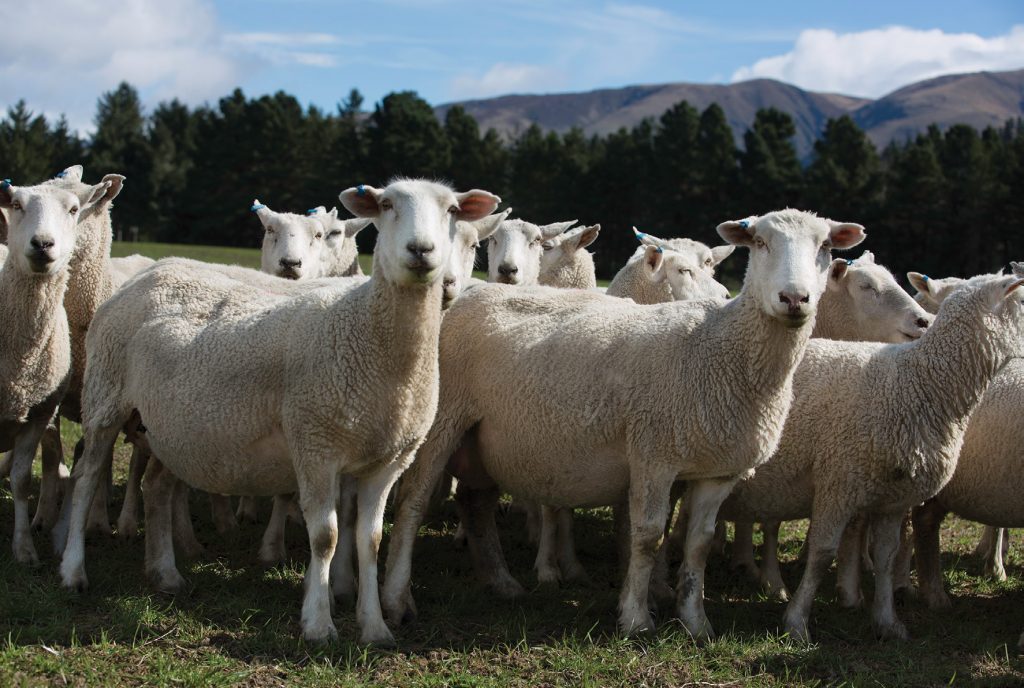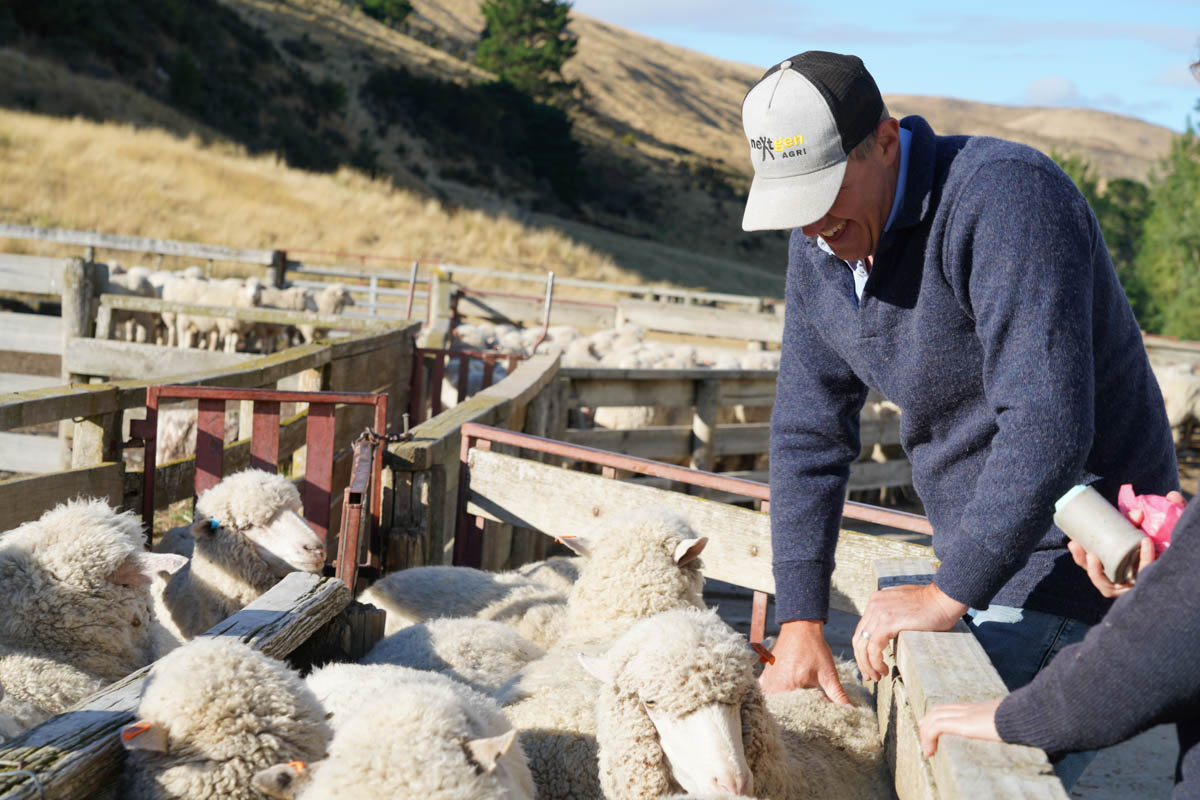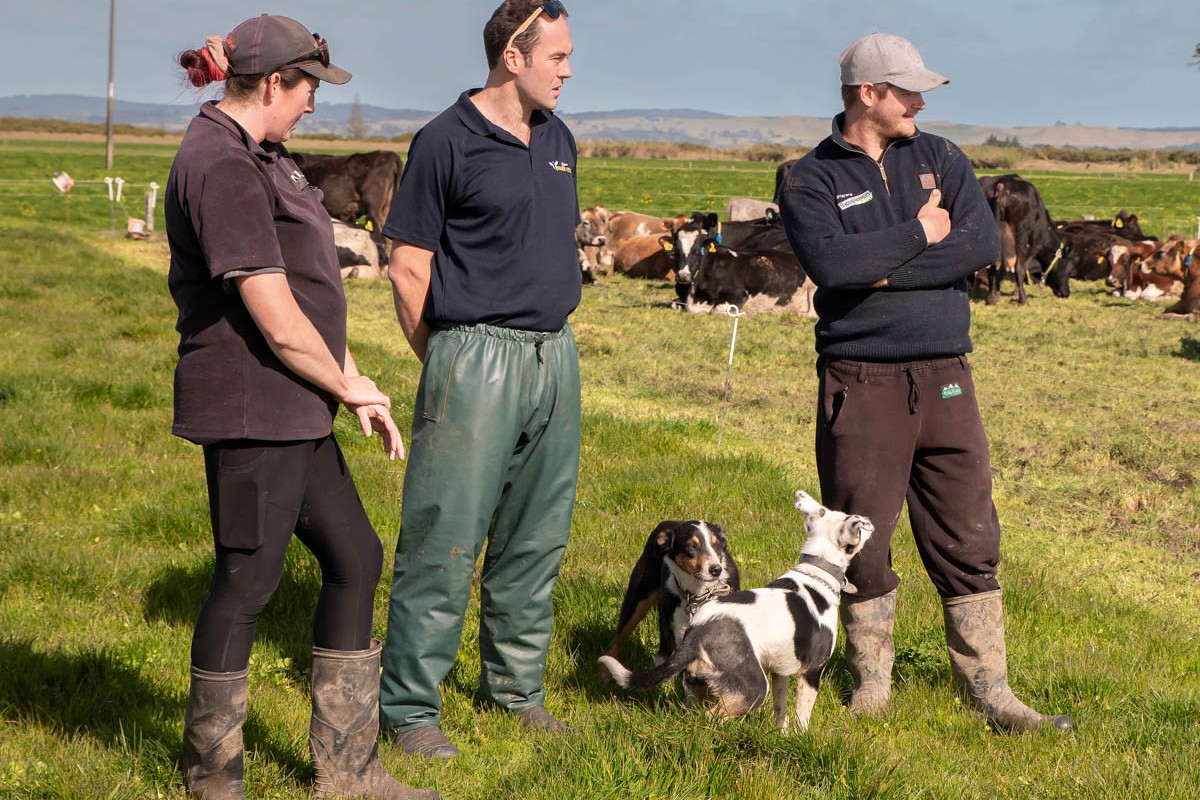Reducing metabolic disease
Sleepy sickness, milk fever and grass staggers are metabolic diseases that often strike during a ewe’s late pregnancy, vet Andrew Roe writes.

Sleepy sickness, milk fever and grass staggers are metabolic diseases that often strike during a ewe’s late pregnancy, vet Andrew Roe writes.
Lambing is in full swing in my patch and, while the weather so far has been pretty good – apart from a brief snowstorm at the beginning of September – we are fielding plenty of calls relating to ewes with metabolic disease.
No doubt some of the problems farmers are facing are directly related to the late summer/autumn drought that hit the South Otago and Southland regions this year. Many flocks did not see much grass while the rams were out, relying instead on supplements, including sheep nuts, grain and silage to get them through the autumn. In fact, “supplements” doesn’t really seem appropriate terminology, as these feeds made up the bulk of the diet for many ewes for several months.
Despite everyone’s best efforts, ewe condition and pasture covers are not ideal on many farms, so it’s not surprising metabolic disease is rearing its head. So, what is it? Metabolic disease is a collective term for three conditions: sleepy sickness, milk fever and grass staggers. These disorders typically strike in late pregnancy or early lactation, although they can occasionally occur at other times and in dry ewes as well.
Each disorder does not often occur in isolation. Ewes with sleepy sickness, for example, will often have a degree of milk fever. So, when it comes to treating affected animals, it often pays to cover all three disorders. And, because all three conditions are directly or indirectly caused by inadequate nutrition of some form, the same broad preventative measures are relevant to them all.

Sleepy sickness
Sleepy sickness (pregnancy toxaemia) occurs when the energy requirements of heavily pregnant (or lactating) ewes are not being met by their energy intake. This can be caused by a range of things including simple underfeeding for the stage of pregnancy and number of lambs on board, reduced appetite (e.g. from internal parasites), disorders such as lameness and poor teeth, or maybe poor quality feed.
Many “normal” ewes will experience a mild (subclinical) form of the condition because, in the latter stages of pregnancy, with a belly full of lambs, they physically can’t eat enough to meet their needs. But it becomes a problem when they are relying on their own body fat reserves so heavily that by-products of fat metabolism (ketones) accumulate in their bloodstream, making them feel lethargic and not interested in eating.
Treatment consists of concentrated energy drenches, but is often unrewarding unless you can entice them to regain their appetite.
Milk fever
The symptoms of milk fever (hypocalcaemia), i.e. ewes that are wobbly or unable to stand, are due to low blood calcium levels. The developing foetal skeleton, along with the production of milk, draw a lot of calcium out of a ewe’s bloodstream. Ewes compensate for this by mobilising calcium from their own bones, but this process can be hampered by chronic underfeeding, sudden changes in feed, low calcium diets (e.g. grain, rapid growing green feed) or low phosphorus feeds such as rank pastures. Droving sheep or prolonged yarding can also precipitate a sudden drop in their blood calcium levels.
Treatment is usually more successful than with sleepy sickness, with most ewes responding to subcutaneous calcium injections. It pays to use a product that also contains magnesium, as this element is involved in calcium metabolism.
Grass staggers
Grass staggers (hypomagnesaemia) also causes ewes to go down, but is a lot more dramatic than milk fever.
Initially, affected ewes are hyper-excitable with jerky movements, but this progresses rapidly to recumbency, with animals lying on their sides paddling and death following soon after. The same calcium/magnesium injectable solutions used to treat milk fever can also help with grass staggers if the ewes are found early enough, but 20% solutions of straight magnesium sulphates are better, though are not commonly on hand on sheep farms. Given that most clinically affected animals are just found dead, emphasis is usually placed on treating the rest of the mob to prevent further losses.
Dusting pasture with magnesium oxide may be feasible if ewes are not yet spread out for lambing. Feeding hay, if practical, can also help.
With animals having minimal storage capacity of magnesium, dietary intake of it is required on a daily basis. A number of factors can lead to a deficiency. Low soil magnesium may play a role, but is not commonly the issue, with most problems caused by low dietary availability of magnesium. This can be the result of rapid-growing lush pasture, cold and wet weather or recent applications of nitrogenous and/ or potassic fertilisers. As with milk fever, excessive droving or prolonged yarding can also precipitate some cases.
Prevention of metabolic disease
Ewes exhibiting clinical signs of metabolic disease are just the tip of the iceberg. The greatest impact on farm productivity will come from what you don’t notice so readily amongst the rest of the flock.
Reduced new-born lamb viability, poor mothering ability, reduced quantity and quality of colostrum and reduced milk production are all consequences of subclinical metabolic disease, which ultimately all lead to higher lamb losses and lower lamb growth rates.
Although a lot easier said than done, especially during and after challenging drought conditions, the best way to minimise metabolic disease is to feed the ewes adequately. And not just in the last few weeks before lambing. For example, it takes four or five months for a ewe to replace the calcium mobilised from her skeleton during late pregnancy, so if dietary calcium and phosphorus intakes are inadequate over this time she may be at greater risk of milk fever the following season.
Similarly, ensuring ewes are in good condition before mating can reduce the risk of sleepy sickness later on. And when it comes to feeding during pregnancy, scanning helps immensely, enabling farmers to target the feed appropriately, prioritising the twins and triplets. Energy-dense supplements, such as nuts or grain, are a great way to lift those ewes in light condition as well as helping triplet-bearing ewes.
OTHER WAYS TO REDUCE THE RISK OF METABOLIC DISEASE IN YOUR EWES
Taking care of underlying conditions such as internal parasites and lameness
- When yarding ewes in late pregnancy, get the job done quickly and get them back on to feed as soon as you can. This may mean bringing in part mobs and, if bringing them long distances, shifting them in a couple of stages, with a day on pasture in between
Dusting breaks or balage/silage with causmag (magnesium oxide) in the latter stages of pregnancy, and also daily for a few days before yarding, especially if going to be off food for a while (e.g. for pre-lamb shearing)
- Avoid sudden changes of feed in the latter stages of pregnancy, especially sudden introduction of very lush feed
- If soil tests indicate marginal magnesium levels, these can be raised over time using magnesium-containing fertilisers such as serpentine super
- Avoid feeding fodder beet or pastures with a lot of plantain in the last four weeks before the start of lambing
- If using nitrogenous fertiliser to address spring feed shortages, apply several small applications rather than one larger one if possible, and avoid putting older, multiple-bearing ewes on recently treated pastures before lambing.
Andrew Roe is a veterinarian with Clutha Vets.




